Affiliate Disclosure: AmmoCave.com sometimes gets paid for listings, through sponsors or affiliate programs like Lucky Gunner, Optics Planet, Brownells, Cabelas, Academy Sports & Outdoors, Rainier Arms, Palmetto State Armory, Sportsman’s Guide, Ammo.com, Ammo Man, Primary Arms, MidWayUsa, Amazon, eBay, etс. Clicking a link helps keep AmmoCave.com free, at no extra cost to you!
Authors: Each article is verified by AmmoCave's expert team. Professional hunters, firearm trainers, gunsmiths, and gun experts write the articles. AmmoCave Team independently researches, tests, reviews, and uses recommendations from our community of gun owners. We may earn commissions from shopping links.
Note: The views and opinions expressed in this article are those of the authors and do not necessarily reflect any agency's official policy or position. The articles are for informational purposes only, share your opinions about Best Rifle Brass 2024 in the comments and join the discussions. Let's share 💬 our ammo & gun experiences together!
What is Rifle Brass? 🧐
It is a type of metallic alloy that is used to make firearm casings. This material is typically composed of a combination of copper, zinc, and other metals.
Features 💥
Rifle brass is an essential component that forms the foundation of any reliable rifle round. It is the casing that holds the bullet, primer, and gunpowder, and, as such, plays a significant role in determining the accuracy, velocity, and pressure of each shot. Here are some essential features:
- 🟣 Material: The quality of the brass used is perhaps the most significant factor in determining the performance of a rifle cartridge. Brass made from high-quality brass alloy ensures consistency, durability, and reliable ignition.
- 🟣 Thickness and weight: The thickness and weight of brass determine its strength and rigidity, a critical factor in ensuring longevity and preventing misfires. A heavier and thicker brass casing enhances the accuracy and consistency of the bullet while reducing pressure and recoil.
- 🟣 Primer pocket: The primer pocket is part of the brass casing where the primer is seated. An improperly sized or unevenly seated primer can cause misfires, and even worse, create dangerous hot spots in the casing.
- 🟣 Flash hole: The flash hole is the small aperture in the base of the brass casing that allows the propellant to ignite and propel the bullet. It is essential that the flash hole is correctly aligned with the primer pocket and is uniform in size to ensure consistent ignition and pressure.
- 🟣 Annealing: It is the process of heating and cooling the brass casing to make it more malleable and reduce work hardening. Heat treatment strengthens the brass and reduces fatigue, ensuring consistent performance.
- 🟣 Consistency: This is critical, as it ensures that each shot will perform equally, resulting in consistent accuracy and pressure.
Benefits 🔥
Rifle brass is an essential component for rifle shooters, providing accuracy and consistency with every shot.
- 🔷 The quality of the brass will determine how well it withstands pressure from firing, so purchasing good-quality brass is important to ensure that your shots are accurate and consistent.
- 🔷 Qualitative brass also extends the life of your gun, allowing you to use the same piece of brass over and over again without having to replace it.
- 🔷 Additionally, it is relatively inexpensive, meaning that it won’t cost you a lot to keep your gun in top condition.
How to choose? 🔍
Choosing the right rifle brass can be challenging. You’ll want to factor in quality, cost, and other important factors when selecting the right type of brass for you.
- ➡️ First, consider what kind of performance you’re searching for from your brass. Different types are designed for different environments and purposes, so make sure to check product specifications before buying.
- ➡️ Next, look at the construction materials and quality control measures taken by the manufacturer. High-end brass is usually made with copper alloyed steel and undergoes strict quality control processes before being released into the market.
- ➡️ Finally, consider your budget. By comparing prices and looking into customer reviews, you can get an idea of the value each type of brass offers and make an informed decision based on your needs and preferences.
😉 By taking these factors into account when shopping, you can ensure that your purchase meets all necessary standards and delivers the desired results.
Our Selection 16 Best 🚀 Rifle Brass
1# Lapua .284 Winchester Rifle Brass
If you’re searching for brass that can be reloaded over and over again, look at the Lapua .284 Winchester Rifle Brass. These brass cases from Lapua are incredibly durable and have advanced metallurgical features that offer unmatched reloadability and performance for countless shots. The rebated rim design of the casings results in a larger powder column while still allowing you to use medium-length actions. What makes these casings any better is the fact the base, body, and neck are all hard and durable which makes them ideal for being reloaded over and over again. Get the most out of your ammunition with Lapua .284 Winchester Rifle Brass.
2# Lapua .22-250 Remington Unprimed Rifle Brass
If you’re a serious reloader, then you know that Lapua .22-250 brass is some of the best in the business. Lapua is renowned for its hard cases that don’t lose tolerance or integrity, even after multiple reloading cycles. Their reloading components are designed for hand loaders who want the best performance and reliability available. When you’re using .22-250 brass for reloading, you want something that will let you maximize the potency of this very high-velocity caliber. Whether you’re loading for targets, hunting, or a mix of both, you can’t go wrong with these shells.
3# Barnes 300 AAC Blackout JHP Brass Cased Centerfire Rifle Ammunition
The Barnes 300 AAC Blackout is a great choice for anyone who needs a reliable and affordable option for their rifle. This ammunition is made with high-quality components and is designed to provide you with a long-lasting product. After we tested it in practice, we found that the jacketed hollow point design of this ammo provides great accuracy and performance, and it is a great choice for both hunting and target shooting. Whether you’re searching for an affordable option for your next hunt, or you’re looking to improve your accuracy at the range, the Barnes 300 AAC Blackout is an excellent choice.
4# Lapua Scenar .338 Lapua Magnum Brass Cased Centerfire Rifle Ammunition
The .338 Lapua Magnum was originally developed for military use, and it’s credited with one of the longest sniper shots ever recorded. This .338 Lapua 250 gr Scenar ammunition is equipped with superior Scenar bullets, making it the perfect choice for marksmen who demand the very best in accuracy. With a muzzle velocity of 2,969 feet per second and 4,892 foot pounds of energy, this ammo packs a serious punch. And at 1,500 meters, it’s still traveling at 1,076 fps with 644 ft-lbs of energy – enough to take down even the most stubborn target. So whether you’re headed to the range or out in the field, make sure you’ve got the .338 Lapua Magnum in your arsenal.
5# Lapua 7mm-08 Remington Unprimed Rifle Brass
The Lapua 7mm-08 Remington case is the perfect choice for anyone who needs state-of-the-art accuracy in their rifles. With its superb combination of power, light recoil, and accuracy, the 7mm-08 Rem. is an excellent choice for hunting most big game animals. Every step of the manufacturing process is carefully monitored and verified to ensure that each case meets Lapua’s high standards. You can be confident that you’re getting the best possible product when you choose Lapua brass for your 7mm-08 Remington rifle.
6# Nosler Bulk Rifle Brass .223 Remington
If you’re a high-volume hand loader, you know that brass is one of the most important components of your ammunition. Nosler Bulk Brass is manufactured from the same materials and to the same tolerances as Nosler’s prepped, boxed brass. But rather than being prepped and weight sorted, this brass is simply bagged raw in 250-count bags, providing you with the best possible raw materials for creating your perfect load. Of course, you’ll need to full-length size and trim the brass to length before loading. But with Nosler Bulk Brass, you can be confident that you’re starting with some of the best brass on the market.
7# Norma .300 Norma Magnum Unprimed Rifle Brass
Norma .300 Norma Magnum Unprimed Rifle Brass is the perfect choice for serious shooters who demand the very best. The case neck is annealed for softness, to prevent gas leaks, and ensure the case can hold the bullet securely for many years without cracking. The body of the case is harder to resist stretching, and further down near the primer pocket, the brass is firm to avoid cracks. Whether you’re a competitive shooter or a hunter who demands perfection, Norma .300 Norma Magnum Unprimed Rifle Brass is a clear choice.
8# Lapua 6.5×47 Lapua Unprimed Rifle Brass
The 6.5×47 Lapua case is a work of art. With a base diameter and loading length similar to the .308 Win. case, it can accept the same bolt heads and fit into similar actions and magazines. Lapua’s 6.5×47 case is also the parent case of several popular wildcats and is frequently necked down to 6mm. With the incredibly wide range of both match bullets and hunting bullets available in the 6.5 line, the 6.5×47 Lapua case can be tailored to almost any type of game or sport shooting competition. The 6.5×47 Lapua case is truly a masterpiece!
9# Hornady ELD-X Precision Hunter 6.5 Creedmoor Rifle Ammunition
Hornady’s ELD-X Precision Hunter 6.5 Creedmoor 143-grain rifle ammunition is designed for the big game, small game, and predator hunting. These bullets feature Heat Shield tips and provide terminal performance at practical ranges. The propellants and primers help provide consistent shot-to-shot results. This 20-round box of ammunition is a great choice for hunters who demand the utmost in accuracy and performance.
10# Aguila Ammunition .22 LR Rifle Ammunition
Searching for reliable and high-quality ammunition for your next hunting trip? Check out Aguila Ammunition’s .22 LR Rifle Ammunition. This ammo is perfect for hunting varmint, as it is 40 grains and comes in a 250-round box. With its high velocity, this ammunition is sure to give you the power and accuracy you need to take down your target. Order your box of Aguila Ammunition today and be ready for your next hunt!
11# Winchester Western .22 Long Rifle Ammunition
Winchester .22 Long Rifle ammunition is the perfect choice for a variety of applications. The high-quality brass casings and reliable components make this ammo perfect for plinking, hunting small game, and target practice. This 525-round box of Winchester .22 Long Rifle ammunition is a great value for any shooter. So don’t wait – order it just now!
12# Lapua 6.5mm Creedmoor Brass
Introducing the Lapua 6.5mm Creedmoor brass case! This reloadable brass case is perfect for the shooter who wants to get the most out of their Creedmoor rifle. Our analysis of this product showed that the base section of the case is hard and strong, ensuring that primers stay in place even after repeated reloading. Lapua brass is also known for its exceptional quality, which is why many top shooters choose it for their firearms. With strict tolerances in concentricity and wall thickness, you can be sure that your Lapua 6.5mm Creedmoor brass will provide reliable performance time after time.
13# Lapua 308 Winchester Brass Case
If you need a high-quality product, check out the Lapua 308 Winchester Brass Case. These cases are manufactured to be reloaded multiple times, and the base section is hard and strong enough to withstand repeated reloading cycles. The dimensions of the brass body are also very consistent, meaning that primers will fit snugly in the primer pocket even after many reloads. The neck and shoulder of the case are annealed to ensure durability, and the overall tolerances for concentricity and wall thickness are very tight. Plus, these cases come packaged in a handy plastic case – perfect for storing and transporting your brass.
14# Lapua 223 Remington Brass Case
Interested in brass that is stronger and more accurate than ordinary brass? Lapua can help you do just that. Designed for multiple reloads, Lapua casings are perfect for those who want to make their ammunition more advanced. The base of the cartridge case is strong, and the body of the cartridge case makes it easy to remove the cartridge case after firing. Additionally, the neck and shoulder are annealed for extra strength. If you’re a competitive shooter or just searching for high-quality brass, Lapua is a great choice.
15# Alpha Munitions 6mm GT Brass
The Alpha Munitions 6mm GT Brass is a high-performance rifle cartridge that is designed for precision shooting. It features a 35-degree shoulder for trouble-free feeding and is compatible with standard out-of-box 308 Win. AICS or AW magazines. With its optimal case efficiency and high velocity, the 6mm GT is perfect for long-range shooting and competition. Try it today!
16# Alpha Munitions 7mm-08 Remington Brass
As a precision shooter, you know that every component matters when it comes to hitting your target. That’s why you choose Alpha Munitions 7mm-08 Remington brass for your rifle. This brass is designed for high performance, with Large Rifle primers and an OCD case head for extended case life. The custom Alpha Munitions plastic cases protect your rounds during shipping and provide the perfect storage solution for your loaded ammunition. When you want to get the best of the best, choose Alpha Munitions 7mm-08 Remington brass.
⚙️Considerations for brass trimming⚙️
Trimming brass is an important part of the reloading process for rifle shooters.
⭕ When selecting the brass for your firearm, trimming is an important step in the process.
- 💠 Trimming helps ensure the brass casing fits snugly into your rifle chamber and that all rounds fired perform as expected. To keep your accuracy and performance consistent, it’s important to choose a brass that allows easy trimming.
⭕ When looking at cutters, try to find one with adjustable blades so you can make precise cuts on different-sized cartridges.
- 💠 It’s also beneficial if the cutter has hardened steel blades that won’t become dull quickly or produce a burr on the edges of the case after each trim. Additionally, look for trimmers that have a reversible handle so you can quickly switch between right and left-hand operations.
⭕ For those who choose to do their trimming, remember that proper lubrication is essential for clean cuts without damaging your cases.
- 💠 Use a high-quality lubricant specifically designed for metalworking operations and apply it sparingly to help maintain the accuracy and performance of your rifle brass.
🚩 Finally, be aware that some cartridges may require special tools or techniques depending on size and shape.
FAQ 🤠
Conclusion 😉
Now that you have read this rifle brass buyer’s guide, you should have a good understanding of what to look for when purchasing it. We have included some of the best products on the market and given you a few tips to help make your decision. If you are still unsure which one is right for you, be sure to contact us and we would be happy to help. Good luck and thanks for reading! 🥰❤️🔥





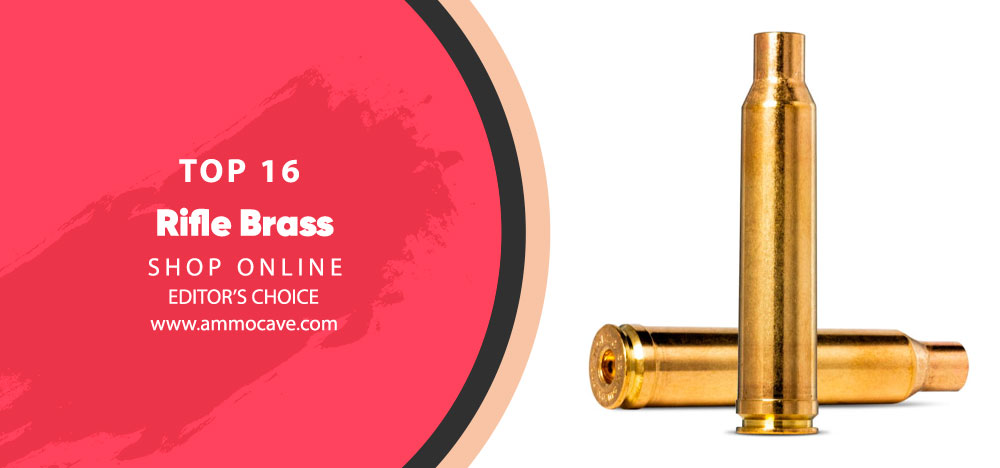
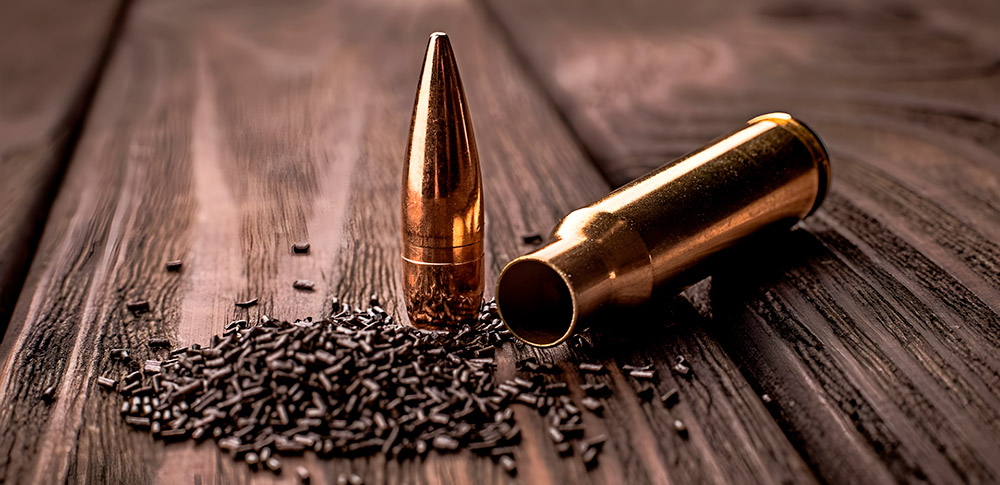
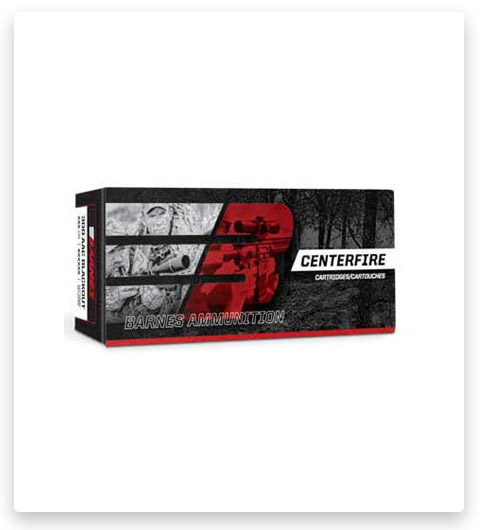

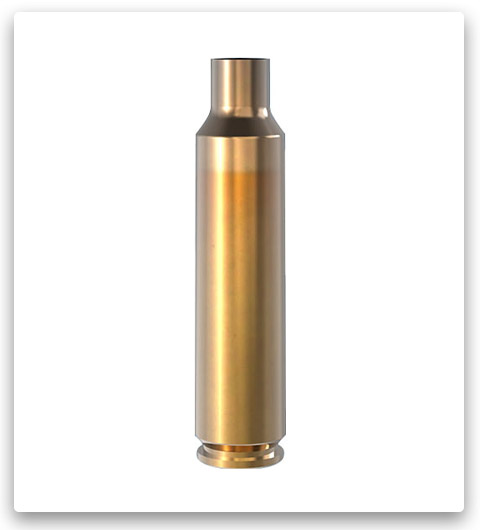

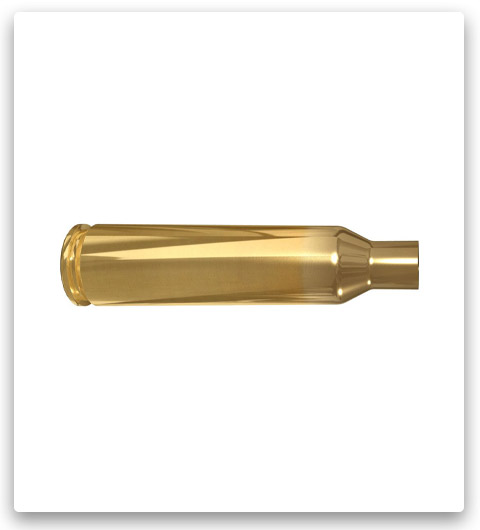
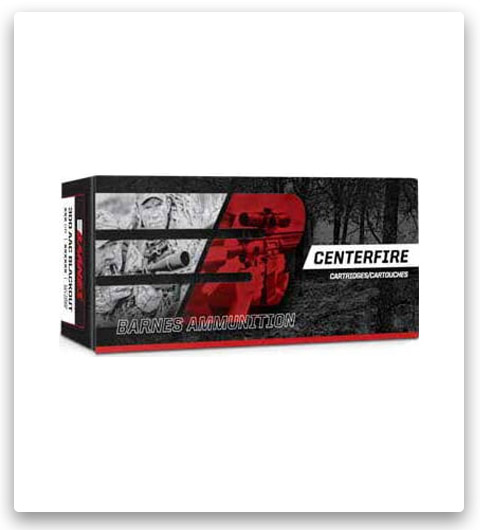
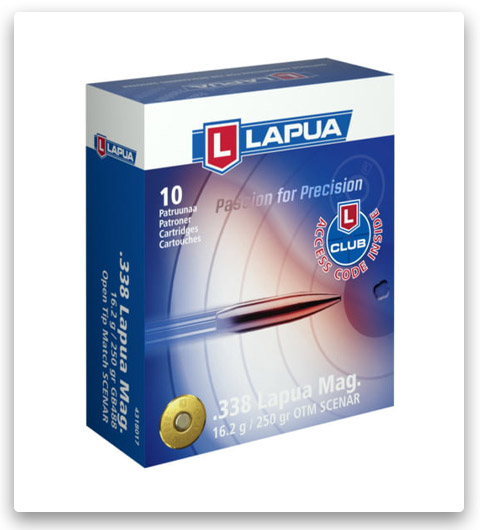
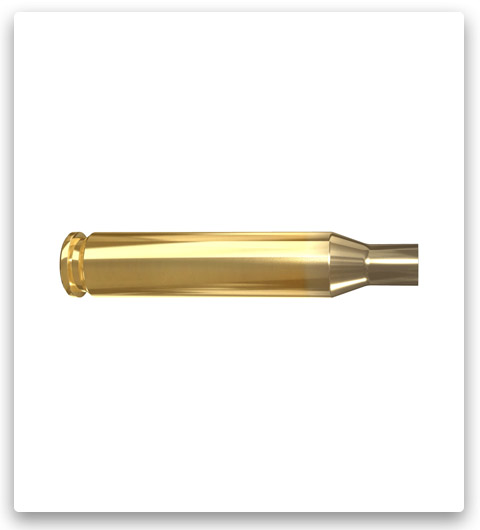

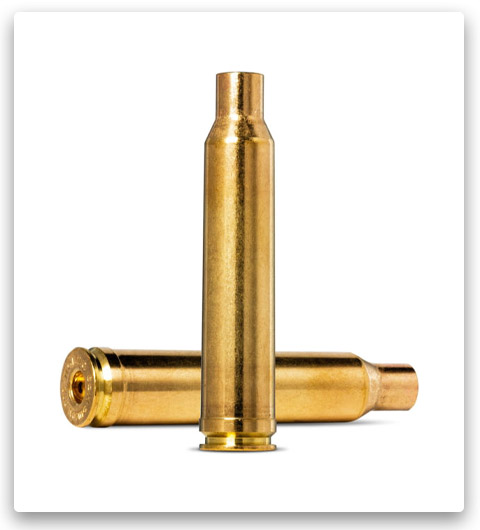
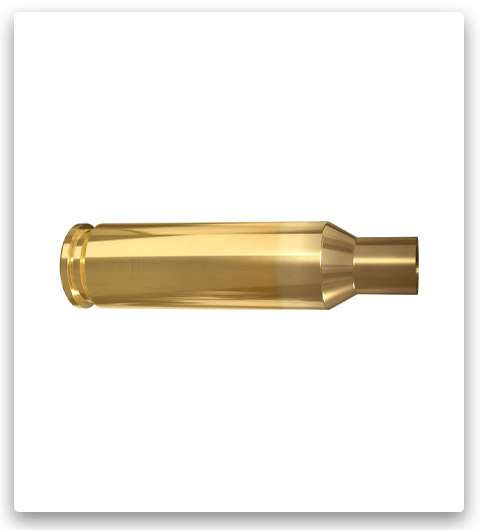
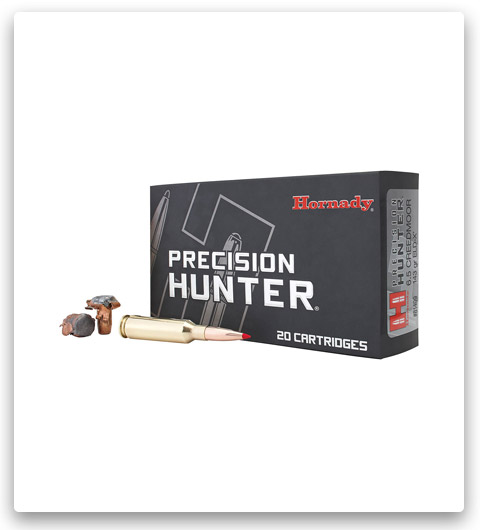
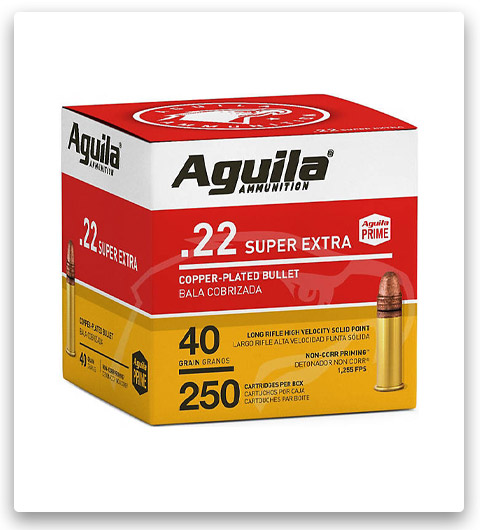
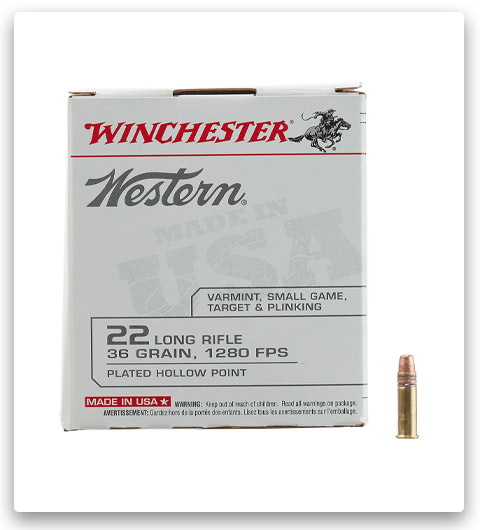

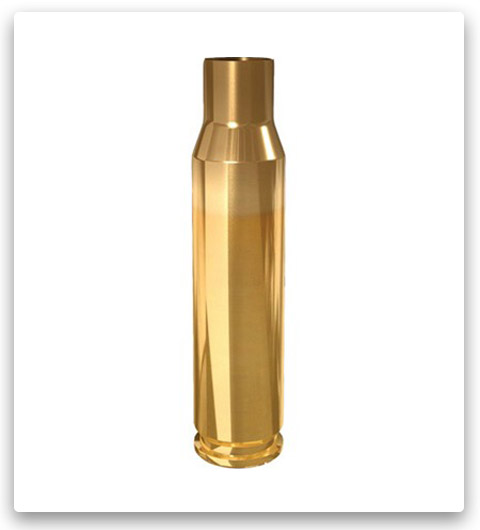
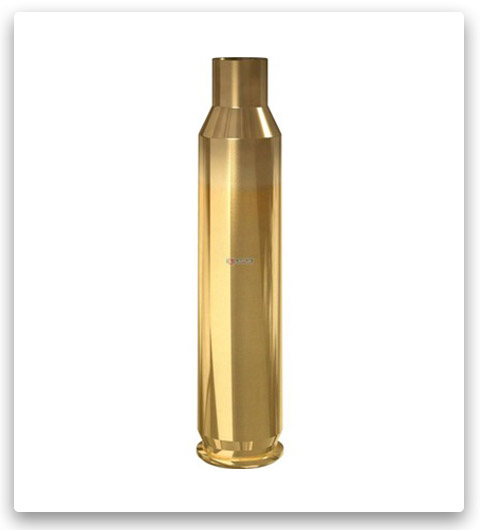
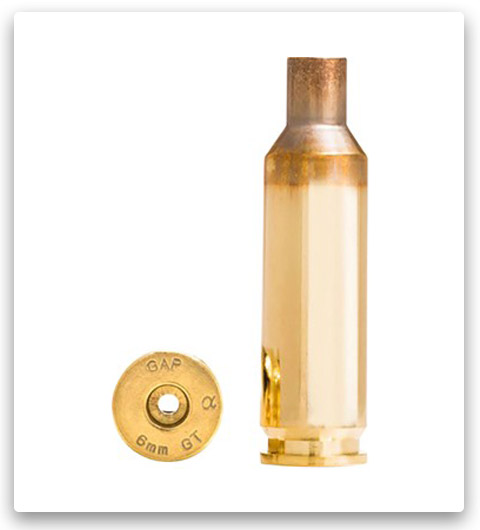

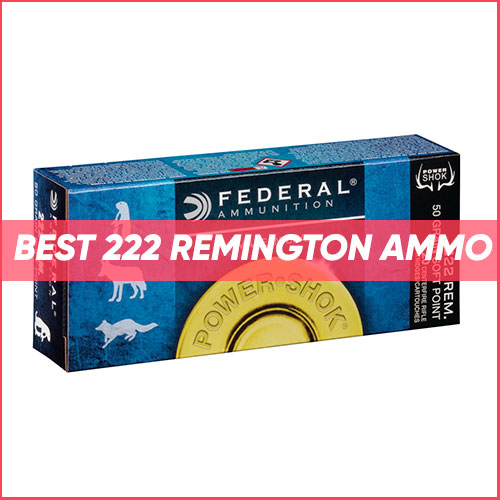
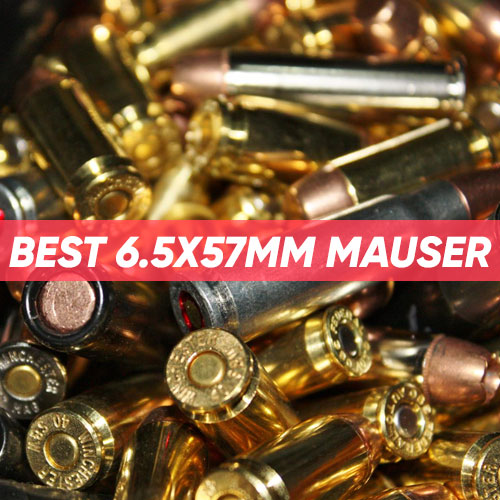
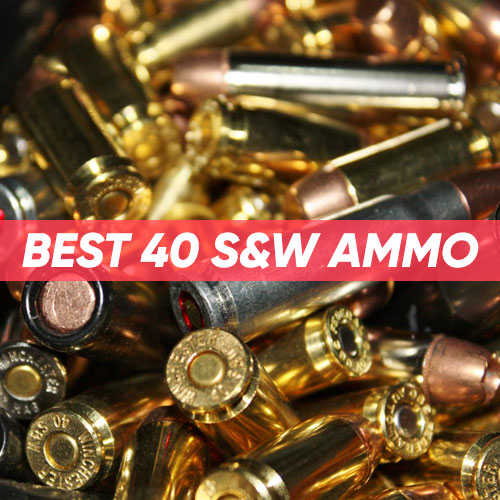
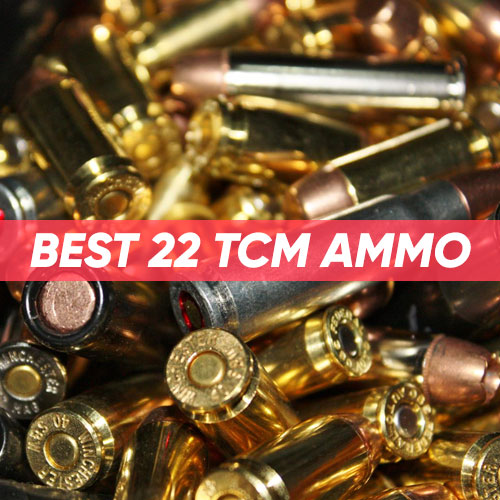

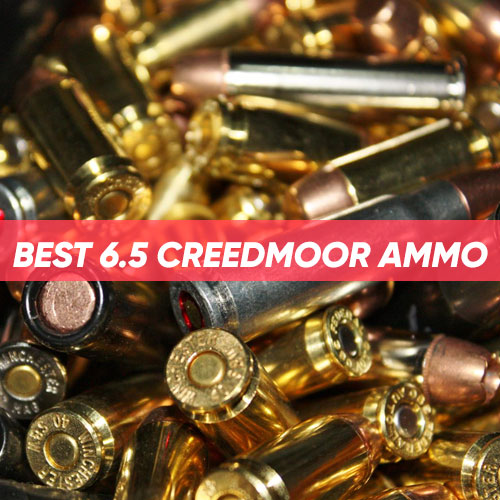


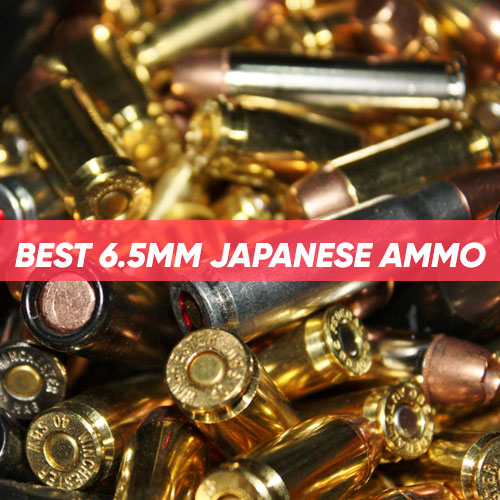
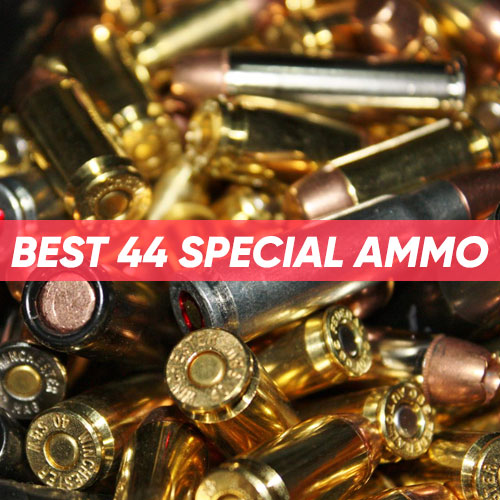
I’m considering transitioning to larger calibers like .308 and .30-06, and I’m curious about how much brass other gun enthusiasts keep on hand. Do you tend to accumulate a large amount of empty brass, or do you try to load and store as much as possible to maximize the amount of ammo you have on hand and minimize the number of empty cases?
As a shooter, I like to scavenge range brass whenever I have the chance. I tend to collect more brass than I can shoot or load at any given time, resulting in several 5-gallon buckets full of brass.
When it comes to pistol brass and shotshells, I like to keep thousands on hand since I shoot them quite often. However, for rifle brass, I don’t need as much and typically keep less than a hundred cases. Since I reload a lot during the winter months, I make sure to have enough brass to get me through the rest of the year.
Currently, I only shoot 308 and my brass supply is down to 700 cases because a friend needed more cases. The amount of brass I keep varies between lots of loaded ammo and lots of empty brass. At the moment, I have several hundred empty cases that I need to prep. During busy months, I can easily shoot 500 rounds, with up to around 350 in a week. Therefore, having only a couple hundred brass cases would not be enough for me.
Hi there, I’m currently researching reloading and I’m interested in learning more about annealing and how it can extend the life of brass, particularly for 223 and 308 cartridges. Despite searching online, I couldn’t find any actual tests done to see the difference in service life with annealing versus without. So, I’m curious to hear from those who have annealed their rifle brass – how often do you do it and what kind of service life increase have you seen?
In my experience, annealing is primarily focused on maintaining consistent neck tension rather than extending the lifespan of brass. I have encountered situations where I have ruined brass by inadvertently loosening primer pockets, but I have yet to encounter a situation where I have had to discard brass due to neck failure. While I believe that annealing may not be necessary for casual plinking ammunition, I would recommend annealing after each firing when it comes to match-grade ammunition.
In my personal experience, annealing brass is not solely focused on prolonging its lifespan, although it likely does contribute to that effect. While it is possible to reload brass without annealing for a few cycles, issues will eventually arise. In my case, I frequently encountered problems with loose projectiles or them falling out after the crimping stage. If one is not shooting very often, a makeshift annealing setup consisting of a propane torch and pliers can be used to anneal the brass. The key is to evenly heat the brass by rotating it throughout the annealing process.
In my mind and experience, whether or not annealing extends the life of brass depends on various factors, such as the cartridge being used, the properties of the brass, how it is treated, and the pressure of the loads being fired. Annealing has been beneficial for me in terms of ensuring consistent neck tension from one reload to the next and reducing spring back during resizing, ultimately leading to greater precision. It has also helped prevent neck splitting after multiple reloads. However, it should be noted that annealing does not necessarily extend the life of the case head or web area, which can often be the weakest points of the brass. For example, when reloading 270Win with Norma brass, which has notoriously soft case heads and large primers, and with high pressure and shallow shoulders, completely full-length sizing was necessary. As a result, I had to trim the cases after every firing and the brass thinned out quickly. In this case, even with annealing, the life of the brass was not extended because the neck was not the weakest point of the brass. On the other hand, when reloading 6.5 Creedmoor with Lapua brass, which has very hard case heads and a small primer, and with a steeper shoulder angle and milder load, using a bushing die and bumping shoulders by 0.001″, the brass did not need to be trimmed and the primer pockets remained perfect. In this case, annealing was beneficial as the neck was the weakest point, and it allowed me to get over 20 firings out of my brass.
I’m about to start my 4th reload on some of my .30-06 brass, and although it seems to pass all the usual tests (such as scraping the inside with a probe and checking for no bright lines on the outside), I’m still concerned about the possibility of case head separation. Given that I’m firing these rounds through an M-1 Garand, I’m wondering how long other reloaders typically use their brass before discarding it. What’s been your personal experience with brass lifespan when reloading for this caliber? Thank you!
In my experience, if brass passes the visual test for signs of stress and fractures, and the primer is seated properly, then it’s good to go. For my pre64 .30-06, I’ve found that brass can go quite a while before needing to be discarded. Typically, I get anywhere from 3 to 12 reloads out of 5.56 brass before it needs to be replaced. I don’t anneal, and the most common issue I encounter is neck cracks.
When reloading, I usually neck size my brass, which allows me to get around 12-14 reloads before the neck starts to harden, thin out, and develop small splits, depending on the caliber and make of brass. I’m interested in experimenting with annealing in the future, particularly with my 7.5 Swiss Prvi brass, to see if I can push it even further in terms of the number of reloads.